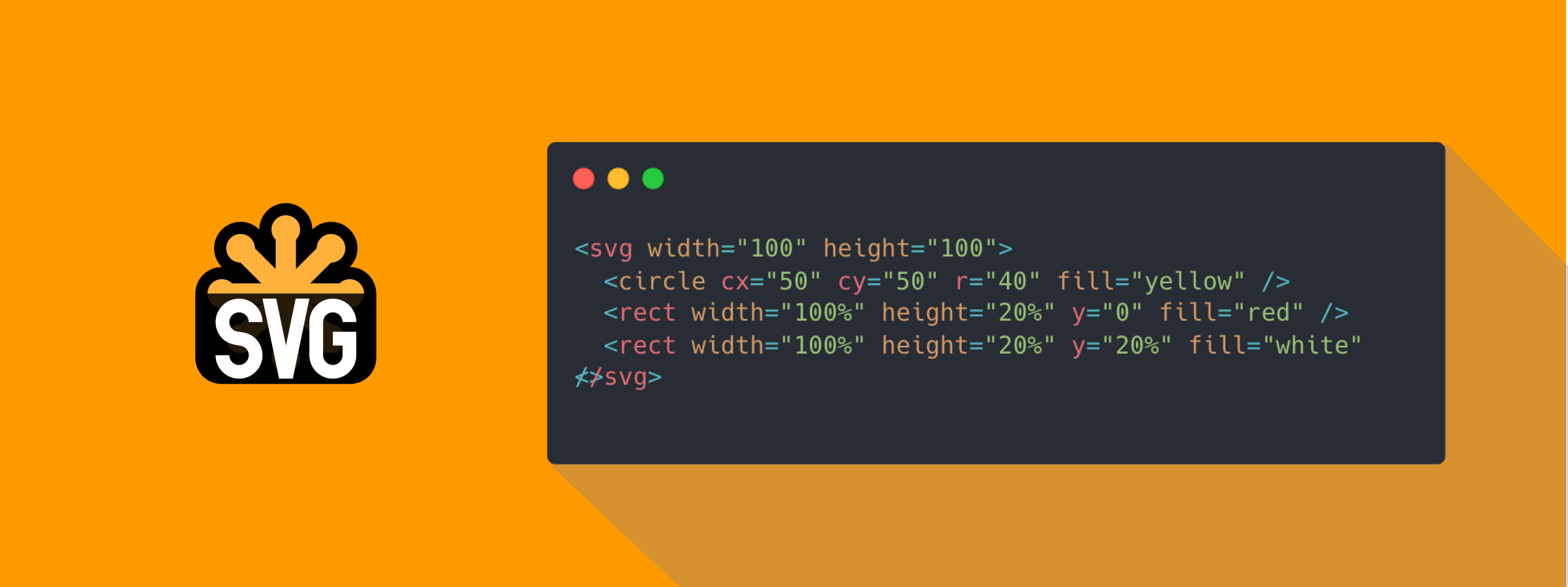Get Started

SVG is a markup language for describing two-dimensional graphics applications and images, and a set of related graphics script interfaces. SVG 1.1 2nd edition is a W3C Recommendation and is the most recent version of the full specification. SVG 2 editor's draft is the next version and current status is draft.
What is SVG?
- SVG stands for Scalable Vector Graphics
- SVG is used to define vector-based graphics for the Web
- SVG defines the graphics in XML format
- Every element and every attribute in SVG files can be animated
- SVG is a W3C recommendation
- SVG 1.0 became a W3C Recommendation on 4 September 2001.
- SVG 1.1 became a W3C Recommendation on 14 January 2003.
- SVG 1.1 (Second Edition) became a W3C Recommendation on 16 August 2011.
- SVG integrates with other W3C standards such as the DOM and XSL
Why use SVG?
- SVG is scalable
- You can stretch it however much, you still won't lose quality because of resolution issues.
- Responsive design is easier to be achieved!
- SVG can be coded inline
- this reduces the HTTP requests required to retrieve media.
- this also meant that the FOUC (Flash of Unstyled Content) problem is less likely to happen from media not being retrieved and styled before rendering in the page.
- Developers can work with the individual nodes in the SVG to:
- animate
- optimize for performance
- optimize for accessibility
Now that we have a clearer picture of what's SVG and why we should use SVG, we can move on to more hands-on stuff! 🙌
How to create SVG?
You can embed SVG elements directly into your HTML pages.
Here is an example of a simple SVG graphic:
Live Editor
Result
Loading...
SVG Code explanation:
- An SVG image begins with an
<svg>element. - The width and height attributes of the
<svg>element define the width and height of the SVG image. - The
<circle>element is used to draw a circle. - The
cxandcyattributes define the x and y coordinates of the center of the circle. Ifcxandcyare not set, the circle's center is set to(0, 0). - The
rattribute defines the radius of the circle. - The
strokeandstroke-widthattributes control how the outline of a shape appears. We set the outline of the circle to a4pxgreen "border" - The
fillattribute refers to the color inside the circle. We set the fill color to yellow - The closing
</svg>tag closes the SVG image
tip
Since SVG is written in XML, all elements must be properly closed!